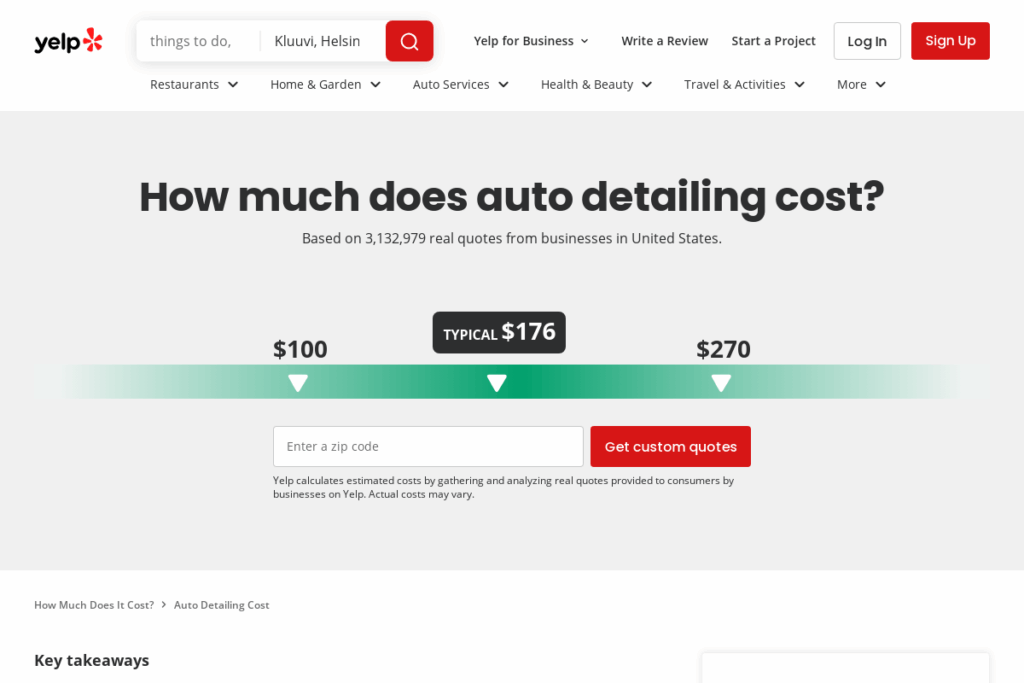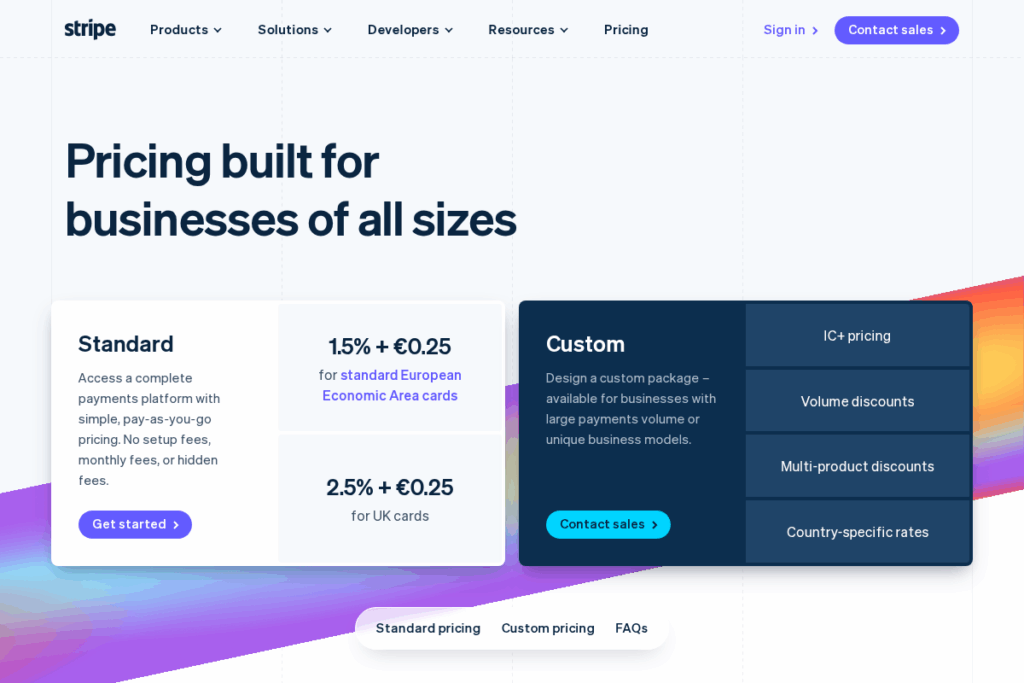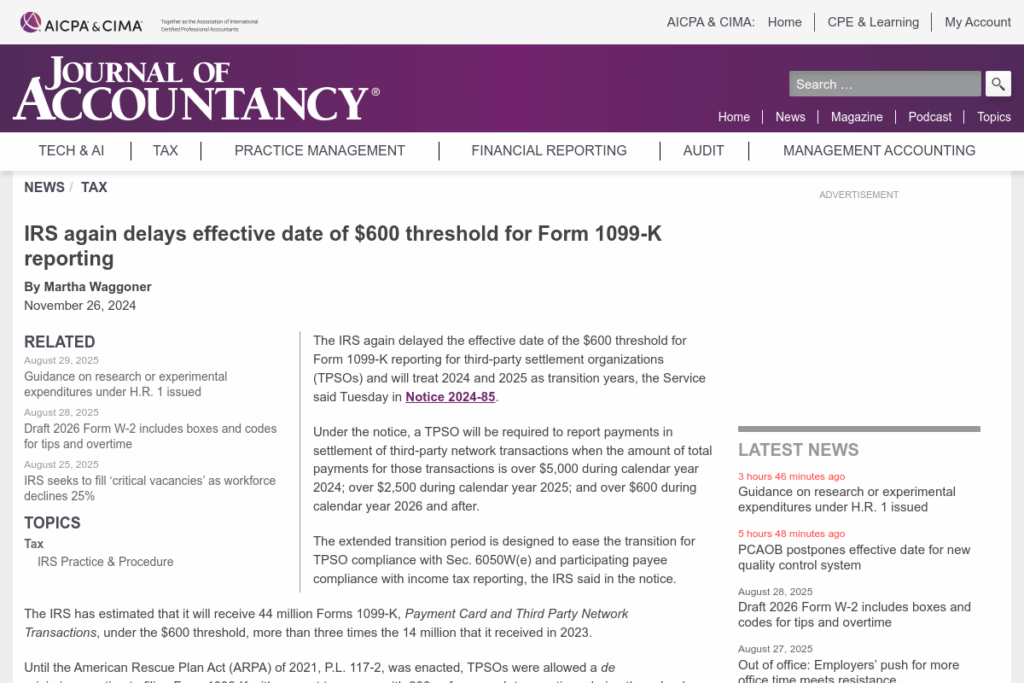I’m a believer that smart money moves and creativity can live alongside a good latte and a weekend with friends. I built my own freedom from a simple side project, and the same balance-first approach can help you pull together $5,000 in 30 days without burning out. Below is a seven-step plan that stacks proven income lanes, focuses on quick wins, and respects your time and energy.

1) Set a 30-day target and choose two income lanes
Start with the number. You want $5,000 in 30 days, so split it into two focused lanes at $2,500 each. This matters because concentration beats dabbling. Choose one active lane for fast cash and one scalable lane for compounding results. For context, millions already earn through platforms and small services, so you’re not reinventing the wheel. A quick look at U.S. participation in online gig work can help you calibrate demand using Pew Research insights.
Next, block your calendar. Give your active lane 3 to 4 prime hours daily. Park the scalable lane into two or three deep-work sessions per week. For accountability, set weekly checkpoints and build a content or outreach cadence with a simple social calendar from Hootsuite’s planning guide. The outcome this week is clarity: a shortlist of services or products, pricing targets, and dates you will execute them. Keep it simple, measurable, and written down.
2) Run a freelance sprint with value-based packages

Fastest path to revenue is selling a skill as a clear outcome. Package one to two offers you can deliver quickly, like a website refresh, a 5‑email sequence, or short-form video edits. Price by outcome instead of hours so you capture value. A primer on value thinking from Harvard Business School Online helps you anchor pricing to results, not time. To sanity-check your rate and model options, skim Upwork’s rate guide.
Prospect with focused outreach. Send 20 personalized messages per day to warm leads and recent site updaters in your niche. Offer three package tiers and a two‑day delivery bonus to speed decisions. If writing is your lane, sift real opportunities via these paid writing gigs. Your math: land 5 projects at $500 each or 3 at $850 and 1 at $300 to hit $2,500. Collect deposits upfront, deliver quickly, and ask for referrals on handoff. Keep the pipeline warm by booking follow-up work before you finish.
3) Offer a premium local service for quick cash

Local, high-value services close fast when you show up reliably. Mobile auto detailing, home organizing, pressure washing, or on-site tech setup can each produce $500 to $1,000 days. Reality check pricing with the nationwide ranges in Yelp’s detailing cost guide, then set simple tiers like Basic, Premium, and Deep Clean. Use tight offers, tight routes, and a 48‑hour booking window.
Post before-and-after photos, run neighborhood ads, and text past contacts with an irresistible “this week only” slot. Tools like Jobber’s pricing overview can help you sanity-check margins and add profitable add-ons. Math to target $2,500: 10 details at $250, or 6 at $300 plus two premium upsells. Keep overhead lean. Bring your own water and power where possible, batch supply runs once a week, and schedule nearby clients back-to-back to maximize billable hours.
4) Launch a simple digital product in 72 hours

Create one problem-solving asset you can ship fast: a template pack, a checklist system, or a 60-minute workshop replay. Keep scope small and transform hard-won know-how into something buyers can use today. Price it between $19 and $79, then layer order bumps like a walkthrough video. If you sell through a creator platform, confirm the fee structure. For example, Gumroad lists 10% + $0.50 for direct sales and a higher cut for marketplace discovery. If you take payments yourself, factor typical U.S. card fees such as 2.9% + 30¢ with Stripe.
Your 30‑day goal is product-market fit, not perfection. Write a crisp sales page, seed five testimonials from beta users, and email your network with a founder discount. To hit $2,500 you could sell 125 copies at $20, or 50 at $49 with a $10 bump on 40 percent of orders. Keep iterating the offer name, bullets, and visuals based on questions you receive in the first week.

5) Flip inventory using sold comps, not guesses
Reselling works when you buy with discipline and price from real comps. Start by clearing your own home, then add thrift, clearance, and estate finds. Validate resale value before purchase using eBay’s own Completed Listings. Aim for categories you understand and inspect condition ruthlessly. A recent real-world story shows what’s possible when you work a system: a seller documented 474 sales and nearly $8,700 profit in year one, highlighting the time required for sourcing and listing in this Business Insider profile.
Execution plan for $2,500 in a month: source 80 items with a $12 average cost that resell at $45 gross and average net margin near $20 after fees and shipping. That’s roughly 125 sales at $20 net or 60 sales at $42 net. Photograph in batches, list daily, and ship same day to earn fast positive feedback. Keep a simple spreadsheet to track buy cost, fees, and net on each flip.

6) Monetize micro-content and land one sponsor
Short-form content can create fast trust if you publish consistently for a focused audience. Batch production to save time, then schedule posts across platforms. A practical walkthrough on batching and scheduling from Buffer’s content batching guide will help you keep pace while protecting your energy. Once you have proof-of-interest, pitch a starter sponsor package with two deliverables and clear outcomes.
When you promote, follow disclosure rules. The FTC’s endorsement Q&A explains how to make disclosures that people actually see. If you plan to grow into articles and newsletters, explore diversified revenue ideas with this primer on blog monetization paths. Your $2,500 target here could be a single $1,500 sponsor plus a $1,000 content package, or a $750 sponsor and 35 affiliate or product sales at $25 average. Keep your media kit current and your first response time under two hours.
7) Track cash, mind taxes, and protect your time

Money earned is not money kept. Log every invoice, sale, fee, and cost the moment it happens. Set aside a tax reserve as you go. The IRS notes that gig income is generally taxable and may require quarterly estimated payments; see the Gig Economy Tax Center for fundamentals. Also know the recent transition thresholds for platform reporting on Form 1099‑K: $5,000 for calendar year 2024 and $2,500 for 2025, with $600 scheduled for 2026 as summarized by the Journal of Accountancy.
Operationally, time block. Use a single calendar for outreach, client delivery, sourcing, and shipping. Automate what you can and template what you repeat. Every Friday, review your numbers: revenue by lane, average order value, close rate, and hours spent. Keep what’s working, trim what’s not, and move into the next week lighter and faster.
Wrap-up: You do not need to sacrifice your life to hit $5,000 in a month. Pair one fast-cash lane with one scalable lane, price for value, schedule your consistency, and respect the admin. That’s the balance that took me from side hustle to freedom, and it can move you forward starting today.

